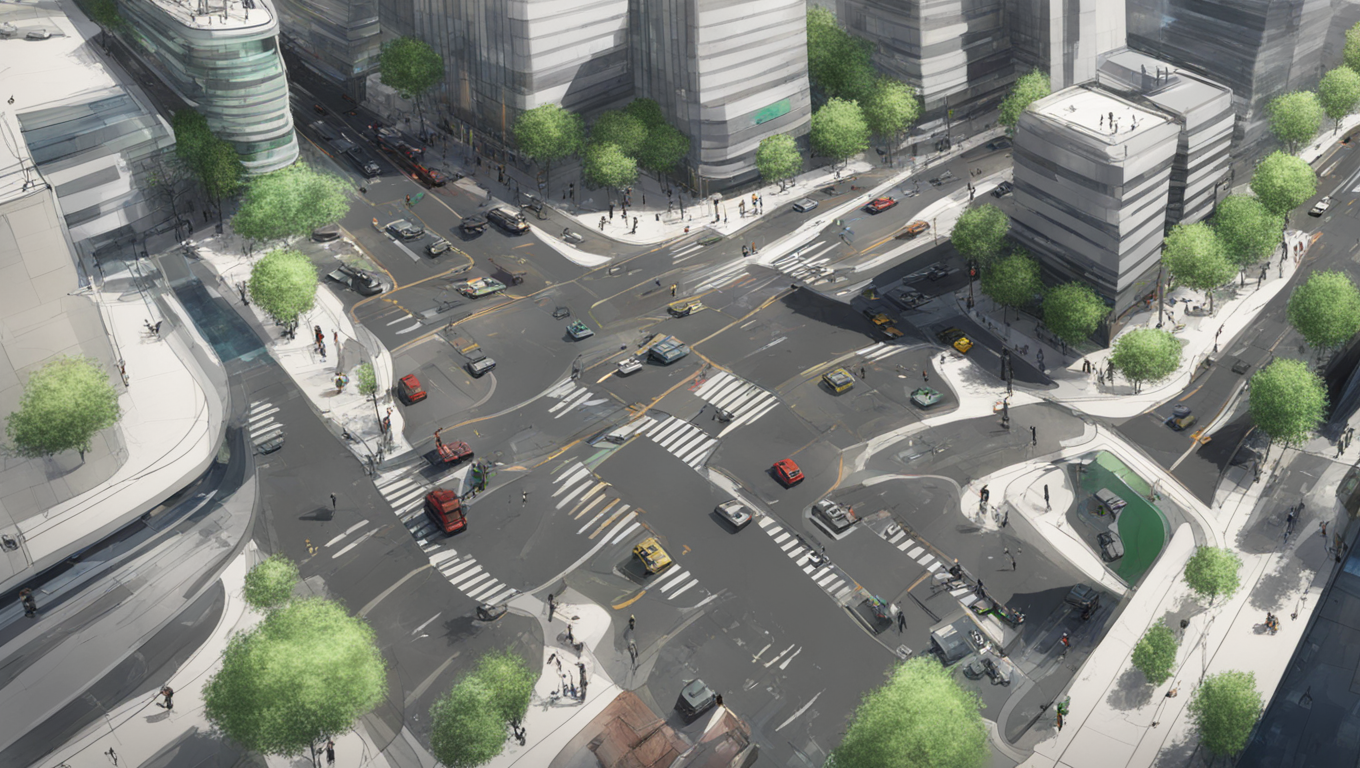A revolution is underway in city traffic flow, and it’s powered by artificial intelligence (AI). Google’s Project Green Light, a cutting-edge system that utilizes AI and the company’s Maps database, is currently being tested in Seattle as a way to tackle the city’s congested roads. By optimizing traffic lights and providing suggestions to city engineers, the system aims to alleviate gridlock and improve efficiency on the streets.
Christopher Alexander, Chief Analytics Officer at Pioneer Development Group, believes that managing traffic involves analyzing massive amounts of data to identify patterns, a task that AI excels at through machine learning. He asserts that AI can replicate the work of numerous analysts, making real-time adjustments and improvements as needed. However, Alexander emphasizes that human oversight is essential, with trained experts using AI as a tool for optimization rather than relying solely on automated systems.
Google’s Juliet Rothenberg spearheaded the implementation of Project Green Light in Seattle and explains that even small adjustments of a few seconds can result in substantial enhancements to traffic efficiency. So far, the initiative has proven successful, with city officials reporting a reduction in congestion in certain areas. Laura Wojcicki, an engineer at Seattle’s Department of Transportation, cites an example where shifting four seconds of green light time from one street to another during certain times of the day improved traffic flow, reducing stop-and-go situations.
The remarkable aspect of Project Green Light is that Google offers the service for free and plans to expand its reach to thousands of cities. Phil Siegel, founder of the Center for Advanced Preparedness and Threat Response Simulation, commends the use of AI for traffic management, noting that while such technology has been available for some time, Google’s system adds new objectives like minimizing idling time and carbon emissions. He also emphasizes the importance of the service being accessible at no cost.
While Seattle is the pioneer in adopting Project Green Light, this ambitious initiative is also being tested at 70 intersections in 13 cities worldwide. The program currently influences approximately 30 million car trips each month and Google believes it has the potential to reduce stop-and-go traffic by up to 30%.
The benefits of AI-powered traffic management extend beyond convenience for drivers. Wojcicki underscores the positive impact on emissions, highlighting the potential for reduced carbon footprints by minimizing idling time and optimizing traffic flow. However, Samuel Mangold-Lenett, a staff editor at The Federalist, reminds us to consider human behavior in the equation. While AI integration with infrastructure is inevitable, Mangold-Lenett cautions that irrational human behavior behind the wheel may pose challenges to achieving the desired outcomes. He raises concerns about potential social engineering and micromanagement in attempts to control human behavior through AI-based systems.
In conclusion, Google’s Project Green Light is revolutionizing city traffic flow by harnessing the power of AI. With its ability to analyze vast amounts of data and recommend real-time adjustments to traffic lights, this innovative system has the potential to greatly improve efficiency and reduce congestion on the roads. While challenges of human behavior remain, the integration of AI into traffic management is an exciting step towards creating smarter and more sustainable cities.





Use the share button below if you liked it.